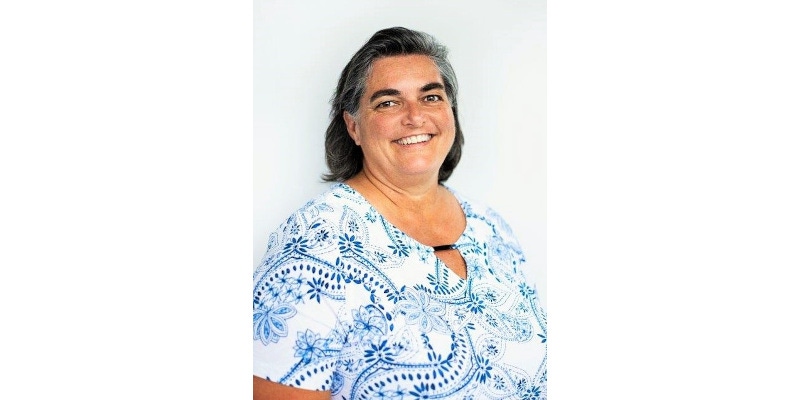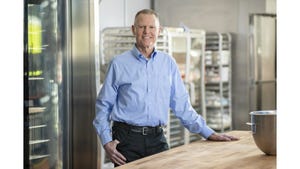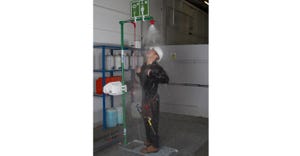Handling Sensitive Materials with Vacuum
There are a variety of features and benefits to look for when selecting a vacuum conveying system.
November 17, 2020

Julie Whitten, sales director for vacuum conveying in North and Central America, Piab USA Inc.
Many materials needing to be transferred are sensitive in various ways, requiring careful handling. In production lines, avoiding contamination of the product, leakage into the environment, as well as exposure of employees to pathogens are mandatory. Operating in a closed system, vacuum conveying technology meets these requirements and has become an indispensable part in manufacturing. Selecting the right vacuum conveying system requires consideration of numerous specific features.
There are a variety of features and benefits to look for when selecting a vacuum conveying system such as the pump type, filtration system, possible fluidization, flow modulation, and speed optimization capabilities. Additionally, modularity, size, shape, material durability, accessories, warranties, as well as legal compliance aspects should be taken into consideration. With the growing sustainability and automation trends, aspects of energy efficiency and smart operation play a further role for consideration in a vacuum conveying system. An ideal system will optimize performance and increase overall productivity
Pneumatic vs Mechanical Pumps
The most common types of pumps used in vacuum conveying systems are pneumatic and mechanical. Pneumatic vacuum pumps are significantly smaller, more compact, and lighter in weight. Additionally, pneumatic pumps have no gears or moving parts, which generate heat and noise or require regular lubrication and maintenance.
Mechanical pumps operate properly within an ambient temperature range of 32°F to 100°F. Pneumatic vacuum pumps are less affected by ambient temperature conditions due to their internal multi-chambered design and pneumatic operation.
Filtration System
Filters prevent dust and fine particles from being drawn into the vacuum pump and escaping into the surroundings and protect the pump from damaging foreign bodies. A simple textile filter material can be ideal for powders or granule material greater than five microns in size. While Herding- or Mahle-type filters may be required for smaller particulates, and high-efficiency particle assay (HEPA) filters filter 99.9% of all dust particles.
Fluidization
Fluidization allows for compressed gas to pass through a porous material, creating a cushion that reduces the coefficient of friction allowing non free-flowing material such as sugars or starches to discharge freely from the vacuum receiver or feed hopper.
Flow Modulation
Flow modulation changes the way material is conveyed and provides the operator with greater control. It is achieved by increasing or decreasing the amount of air at the feed point or by increasing or decreasing the product velocity by adjusting the feed pressure at (a venturi) vacuum pump.
Speed Optimization
A vacuum conveying system should be optimized for speed and performance based on application needs. The key to gentle handling to keep goods intact throughout the entire conveying system is to maintain a controlled low and consistent velocity in the product transfer line regardless of the amount of material in the pipeline. Hence, allowing to convey the maximum amount of product without damage.
Sustainability
The use of pneumatic vacuum pumps can increase energy efficiency due to their ability to operate intermittently by adding a solenoid valve to shut off air flow to the pump when not transferring product.
Automation
With the advent of Industry 4.0 automating vacuum conveying by establishing processes that allow fast and operator-independent setting of conveying parameters based on machine learning increases in importance. This is further driven by the need for social distancing, i.e. less operators as a result of the COVID-19 pandemic.
Whatever final system design entails, it is advisable to test the chosen solution in a pilot plant or test center environment. This allows for the simulation of the product transfer process to see handling results on sensitive products and validate system performance in the production line.
Julie Whitten is sales director for vacuum conveying in North and Central America, Piab USA Inc. Whitten has more than 20 years experience handling powders in the food, chemical, pharmaceutical, and nutraceutical markets. For more information, contact Piab at [email protected] or 800-321-7422.
You May Also Like


